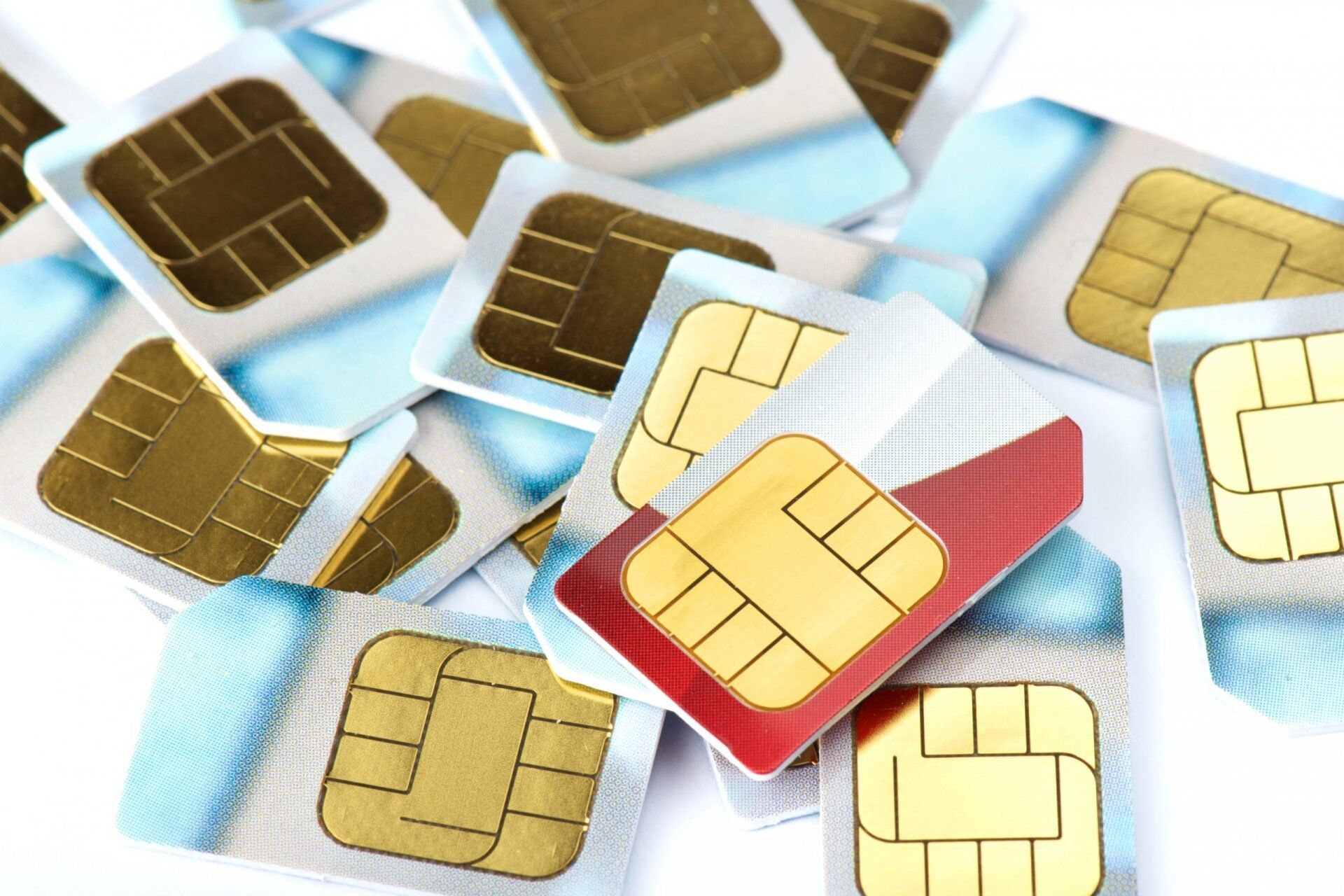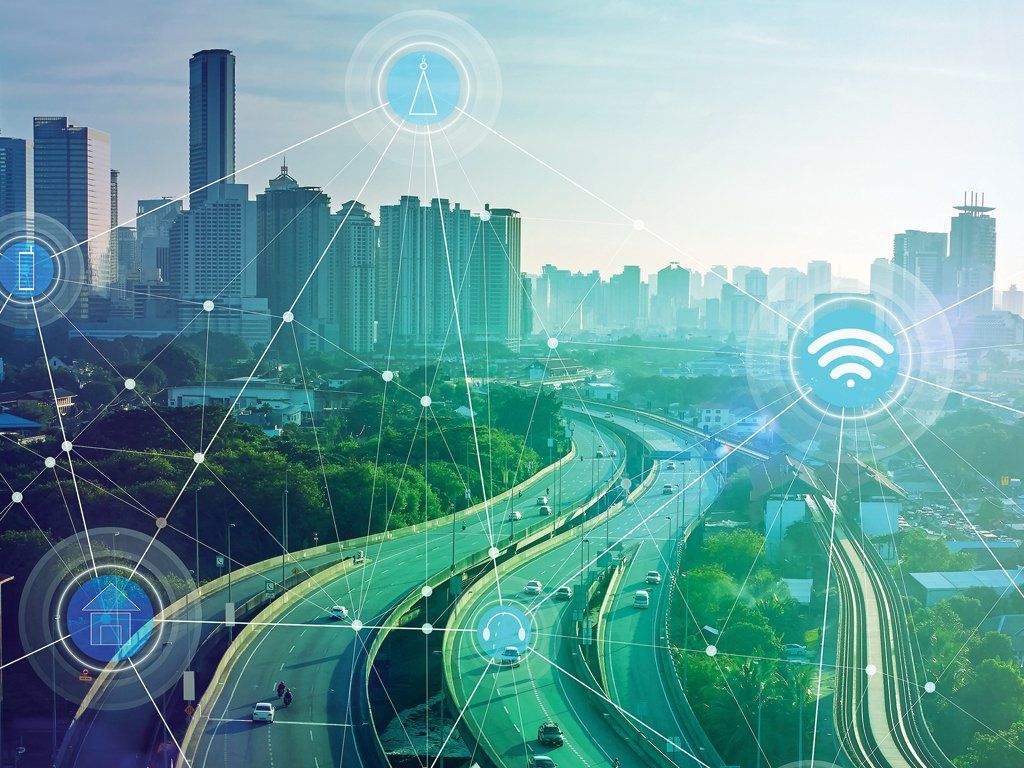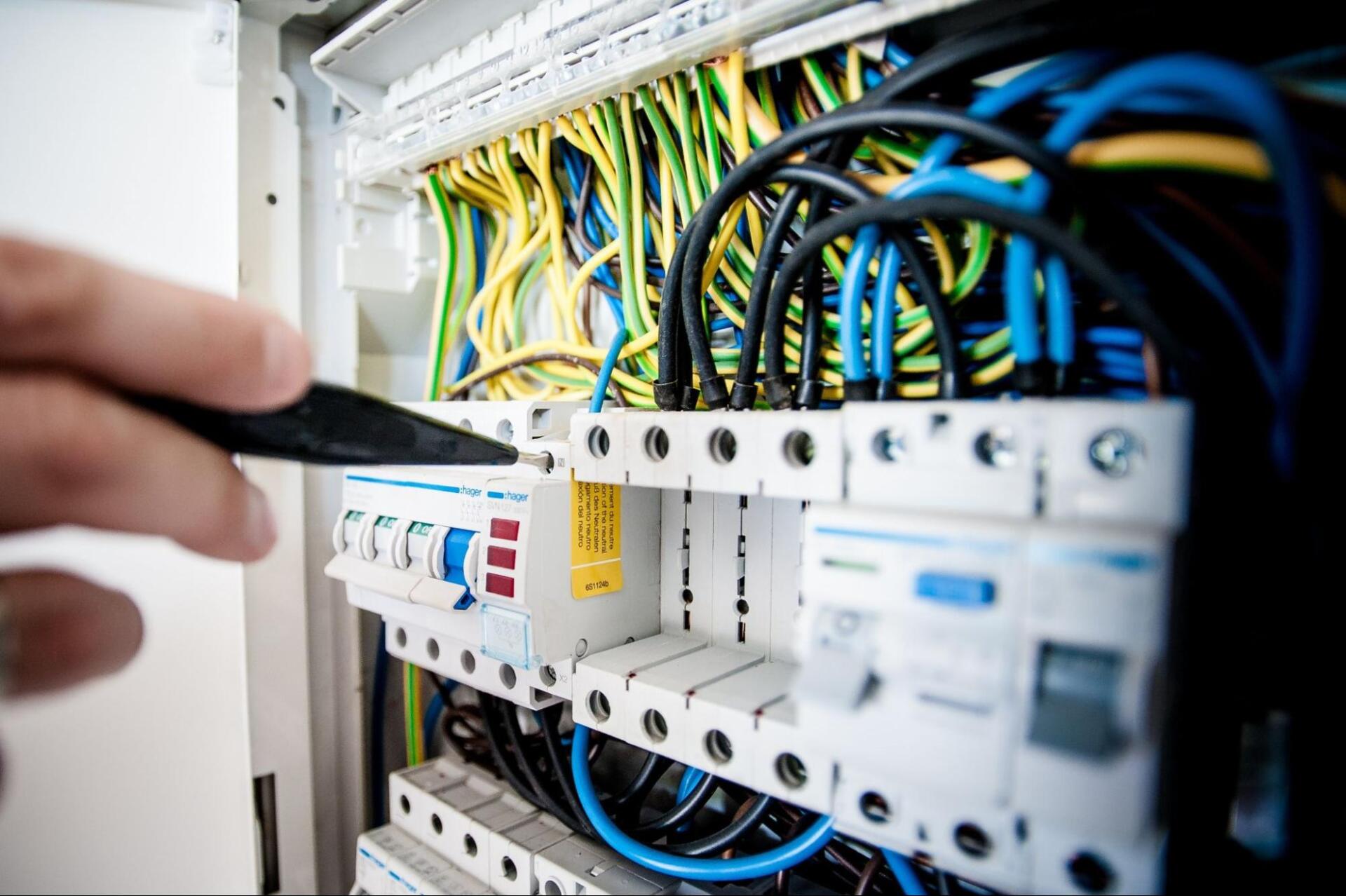How IoT Solutions Can Speed Up Retail
When you think of Internet of Things (IoT) tech, retail isn’t usually the first arena that springs to mind. But already playing a significant part in supply chain modernisation, it has real potential in the broader retail space. Both for bricks and mortar and digital propositions.
How the IoT can Bring Efficiencies to the Retail Sector
Smarter warehouse management
Anyone who has ever worked in retail will recognise the following scenario. You have a customer looking for product X. They’re in your store because they’ve either carried out an online stock check or they have called ahead and been told that the computer says that you have stock. But when they get there, product X is nowhere to be found. Smart warehouse sensors can help to prevent this. Able to assess the height and weight of pallets and extrapolate content from that, sensors can trigger alerts when stock is falling low. They can provide warnings should products be inaccurately stored. And if goods are removed from the warehouse without due authority. Give exacting details of product locations. And they can monitor and correct storage conditions – both in transit and on site, with the use of M2M SIM to guarantee constant connectivity – helping to prevent unnecessary waste.
Customer experience enhancement
Customer experience (CX) has become a primary focus for all retailers. IoT tech has the ability to significantly build CX in number of different ways.
· Tracking consumer habits, so you have the power to second-guess your customer’s needs.
· Delivering real-time feedback, so whether customers are shopping instore or online, they have the ability to provide instant feedback on their experience. And suggest points of improvement.
· Conflict resolution, through the application of intelligent automation. The IoT allows for issues to be resolved instantly, 24 hours a day. Often without input from a human employee.
· Personalised communication, ensuring relevance and increasing both sales and satisfaction.
Security
Whether you’re talking about enhanced digital protocols to protect customers, or the installation of sensors to track warehouse access or stock movement, security is one of the primary contemporary concerns in retail. The IoT can provide both a safer digital environment and a more secure physical environment.
Automation
OK, so we’re not yet at the stage where we might be considering the onboarding of service drones at the local supermarket. But automation can help throughout the retail sector. From managing inventory to monitoring cleaning regimes.
Risk mitigation
No one wants a customer or staff member to be injured in their store. With IoT sensors, spillages and trip hazards can be reported as they happen.
Asset management
In 2012, one Tesco store reported the theft of almost 500 shopping baskets. And according to figures published by DEFRA, 10,000 shopping trolleys are stolen every year. At a cost of between £80 and £130 each, that’s a significant loss for any business. The IoT can help with all kinds of asset management and tracking. From shopping trolleys to scanners, tablets, and vehicles. If you want to know where your assets are and what they’re being used for, the IoT can help.
The remit of the IoT in retail is only just beginning to be explored. Right now, it has the potential to deliver efficiencies, cost savings, improved security, and enhanced CX. But the consensus is that that is just the beginning. With the IoT and machine to machine (M2M) communication, powered by M2M SIM, there is the potential for a wholesale reinvention of the retail space.
If you’d like more information about the best M2M SIM for your retail business, contact Better M2M today.










